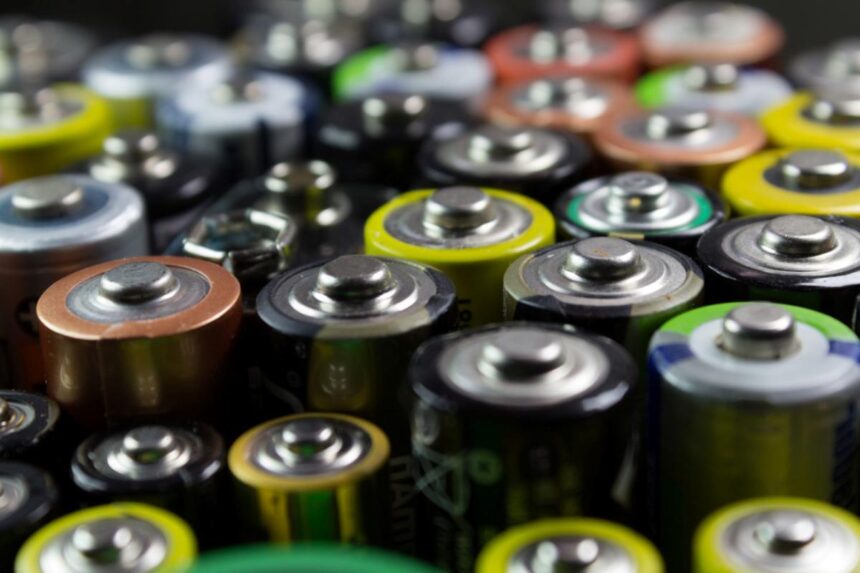Energy levels at the University of Colorado likely often max out somewhere around the football facility, thanks to the addition of Coach Prime in 2022.
But the fully charged Deion Sanders now has competition from experts in engineering. Recent news about a high-energy supercapacitor breakthrough offers promise that the technology could one day help to recharge a laptop or smartphone in about a minute or an electric vehicle in 10 minutes, per a lab report by UC Boulder’s Chemical and Biological Engineering department.
“The primary appeal of supercapacitors lies in their speed. So how can we make their charging and release of energy faster? By the more efficient movement of ions,” lead researcher and assistant professor Ankur Gupta said.
Supercapacitors store electricity like a battery, though the inside is configured differently. They have nearly unlimited life cycles, but to this point, they haven’t been able to hold as much energy as common lithium-ion packs, limiting their application, as AZoNano explained. However, new research is opening doors for the technology. At North Carolina State, experts are working on yarn-like versions that are meant to be woven into clothes, powering wearable tech, as one example.
Back in Boulder, the team closely monitored how charged ions move through porous electrodes, a key process in performance that the experts said in the study summary is “poorly understood.”
The analysis framework they created speeds up numerical computations “by six orders of magnitude” while maintaining accuracy. As a result, the experts can analyze the performance of thousands of interconnected pores in minutes.
Watch now: Delta chief sustainability officer reveals how company plans to appeal to conscious consumers
Gupta said this improved research that had been limited to studying a single pore at a time.
“That’s the leap of the work,” Gupta said in the university summary. “We found the missing link.”
This enabled the team to better study connections among pore size, charge times, and other key metrics. Interestingly, findings differed from an 1845 concept in the field called Kirchhoff’s law, which involves current flow in circuits. The flow at pore intersections studied by the researchers was off from the long-held principle.
The modified law could pave the way for improvements that were not thought viable before. The team envisions 3D-printed microscale electrodes used in wearable energy storage as well as EV and grid use as future possibilities.
If a supercapacitor’s lifespan and fast-charge ability can be combined with greater energy density, the result could be revolutionary for EVs.
So-called range anxiety remains a barrier for some potential EV buyers, though technology breakthroughs are already weakening the fear. Supercapacitor tech at this level could unplug the concern for good.
When an EV replaces a gas-powered vehicle, about 10,000 pounds of air pollution is avoided each year. That represents a decreased risk of asthma and other health concerns linked to harmful exhaust. What’s more, having less pollution in the atmosphere reduces the likelihood of extreme weather and safeguards agricultural productivity, both of which are impacted by rising temperatures.
Colorado is already home to Prime Time, but the development of tech that provides for a faster charge speed could prove to be the bigger score on campus and beyond if the research lives up to its potential.
“Given the critical role of energy in the future of the planet, I felt inspired to apply my chemical engineering knowledge to advancing energy storage devices,” Gupta said in the lab summary.
Join our free newsletter for weekly updates on the coolest innovations improving our lives and saving our planet.











